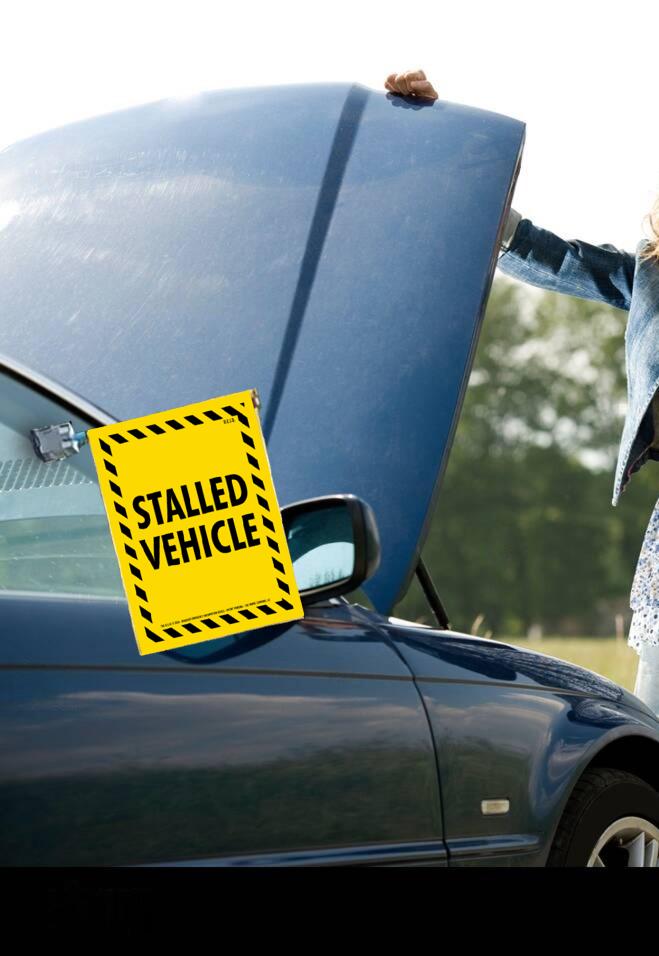Danger Signs in Construction Protecting Workers and Sites

The construction industry is one of the most hazardous sectors, with workers exposed to numerous dangers ranging from heavy machinery to hazardous materials. A significant aspect of ensuring safety in this high-risk environment is recognizing and adhering to danger signs. Emergency signs and danger signs are more than just markers; they serve as crucial safeguards to warn workers and visitors of potential risks. By understanding their meaning and placement, construction sites can be made safer, ultimately preventing accidents and ensuring compliance with safety regulations.
Understanding Danger Signs in Construction
Danger signs are visual signals designed to alert people to potential hazards in their environment. In construction, these signs often indicate threats such as high voltage, falling objects, or hazardous chemicals. It’s essential to have a solid grasp of these symbols, as ignoring them could lead to severe injuries or even fatalities.
Emergency signs come in many forms, from flashing lights to simple warning boards. Each serves the purpose of informing workers about immediate risks or emergency situations that may require evacuation or immediate action. Knowing the difference between different types of signs and their specific meanings is critical in construction work environments, where every second counts.
The Importance of Clear Communication Through Signs
One of the main functions of danger signs in construction is to communicate effectively with workers. Clear, concise signage minimizes the risk of accidents. When workers are informed of specific dangers, they can take the necessary precautions, either by wearing protective gear or by steering clear of hazardous areas.
Construction sites are dynamic, and risks can change rapidly due to shifts in the work environment. For example, a newly placed scaffold may present a new danger, or a material spill might create a slip hazard. Emergency signs in these situations can direct workers to safe zones or provide guidance on how to handle the new hazards effectively.
Types of Danger Signs in Construction
In the construction industry, signs are categorized according to their specific functions. These include:
Warning Signs
Warning signs typically feature yellow backgrounds with black symbols and text. They warn workers of potential hazards that, while not immediately life-threatening, can lead to accidents if not managed carefully. For instance, a danger sign might warn of machinery operating in the area or restricted zones where workers should avoid entering.
Prohibition Signs
Prohibition signs are meant to indicate actions that are not allowed in certain areas of a construction site. They often feature a red circle with a diagonal line crossing through the middle. This type of danger sign may be used to prohibit smoking near flammable materials or prevent workers from entering areas under construction.
Mandatory Signs
Mandatory signs feature blue backgrounds and white symbols. These signs tell workers what they must do in specific situations, such as wearing protective equipment. For example, a danger sign indicating the need for hard hats or gloves in a specific area can help prevent injuries caused by falling debris or sharp objects.
Emergency Signs
Emergency signs are crucial during unexpected events or accidents. These signs typically have green backgrounds with white symbols, indicating the location of emergency exits, first aid kits, or fire extinguishers. Workers must know where to find these resources in case of an emergency to quickly respond to a situation, minimizing harm.
The Role of Danger Signs in Preventing Accidents
Accidents on construction sites often happen when workers are unaware of potential dangers or are not following safety protocols. In such environments, danger signs act as an immediate and constant reminder of the risks present. They can prevent injuries by directing attention to safety measures and signaling the need for caution.
For instance, in areas where cranes or other large equipment are in use, emergency signs can inform workers about the danger of falling objects. Likewise, areas with hazardous materials require prominent warning signs to ensure that workers wear the correct protective gear and follow safety guidelines.
Furthermore, the right danger sign can guide workers in emergency situations, allowing them to evacuate the area swiftly. Construction sites often pose hidden dangers, such as toxic gas leaks or electrical hazards, and quick action is needed to avoid exposure or injury.
Legal Requirements and Compliance
Construction sites are heavily regulated to ensure the safety of workers. Regulatory bodies such as OSHA (Occupational Safety and Health Administration) in the United States set forth specific requirements for the use of danger signs. Failure to adhere to these guidelines can result in hefty fines, site shutdowns, or even legal action.
For instance, OSHA mandates the use of proper signage for dangerous zones and emergency equipment on construction sites. It is the responsibility of employers and site managers to ensure that all necessary emergency signs are clearly visible and in good condition. Regular inspections and updates to signage are also required, as damage or wear can make signs ineffective.
Educating Workers on Significance and Placement
It’s not enough to simply place danger signs around a construction site. Workers must be thoroughly trained to understand the meaning behind each sign and its significance. Proper education ensures that workers recognize the types of hazards they might encounter and know how to react accordingly.
For example, workers must understand that a danger sign indicating high-voltage areas means no entry unless specifically authorized and trained. Similarly, signs for heavy machinery zones should encourage workers to maintain a safe distance to avoid accidents.
Training also includes teaching workers how to respond to emergency signs. In the event of a fire or chemical spill, quick identification of the nearest emergency exit or first aid station could save lives.
Conclusion
Recognizing danger signs and emergency signs on construction sites is vital to protecting workers and ensuring a safe working environment. With the correct signage and worker training, the risks associated with construction work can be significantly minimized. These signs serve as an essential part of safety protocols, providing guidance, warnings, and clear instructions that allow workers to act swiftly and safely in hazardous situations.
By focusing on the importance of effective communication through signage, the construction industry can continue to prioritize safety, reducing accidents and safeguarding workers in one of the most dangerous sectors.
- Art
- Causes
- Crafts
- Dance
- Drinks
- Film
- Fitness
- Food
- Spellen
- Gardening
- Health
- Home
- Literature
- Music
- Networking
- Other
- Party
- Religion
- Shopping
- Sports
- Theater
- Wellness



